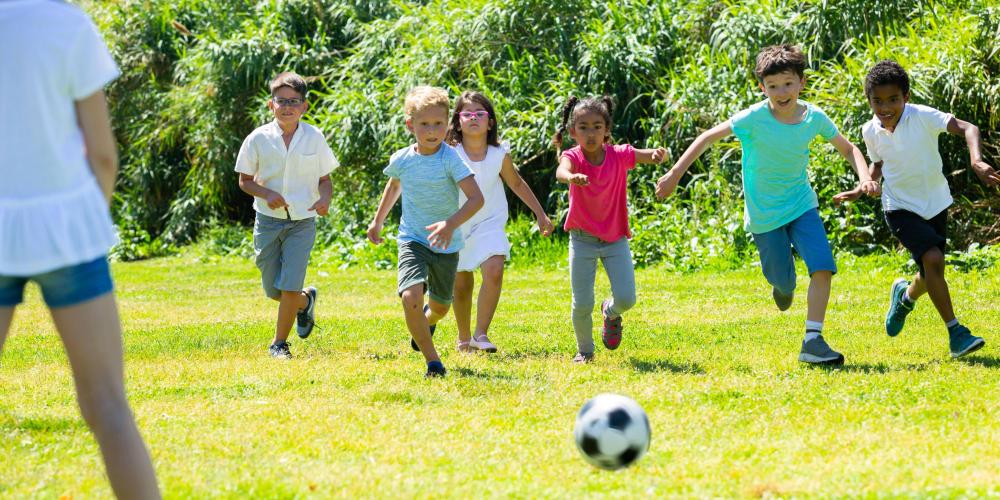
Half of Brussels primary schools lack greenery in the schoolyard, and a third lack access to a public green space less than 300m from the school. The schools of children from wealthier families in Brussels tend to be the greenest and are located in a more climate-resilient environment. These are the main conclusions of a preliminary study at the VUB, led by doctoral student Elsa Gallez and coordinated by Prof Francesc Baró of the VUB Geography Department. The research is being carried out within the framework of the European research project COOLSCHOOLS.
The preliminary study shows that primary schools in Brussels with more disadvantaged pupils are disproportionately affected by poorer environmental conditions, including limited access to green spaces. “Although Brussels is often portrayed as one of the greenest cities in Europe, we found during our COOLSCHOOLS study that, compared to Rotterdam, Paris and Barcelona – the other cities analysed in the project – it is the city with the greatest inequalities in terms of green school environments,” says Gallez.
Scientific research shows that children’s contact with nature has various health and well-being benefits. “It helps against stress and hyperactivity, improves cognitive development and emotional well-being and results in a lower risk of obesity and asthma,” Gallez says. “Despite all these benefits, children today spend less time in nature than previous generations, especially those living in economically deprived urban areas.”
Children spend much of their time at school. Schoolyards, playgrounds and the neighbourhood around them play an important role in increasing their exposure to nature. Yet 47% of schoolyards in the Brussels Capital Region remain largely covered with concrete or other artificial materials. Moreover, 51% of primary schools have no public green space within a 300m radius, while 44% are in a location with less than 30% green cover in the same radius. “School environments in the central and northern districts of the region are exposed to higher levels of air pollution and an increasing risk of heat,” Gallez says. “The lack of vegetation on those playgrounds exacerbates these environmental problems. After all, vegetation is useful for purifying polluted air and can provide local cooling.”
In the next phase of research, the project will build on the findings to understand whether unequal exposure to green school environments has an impact on children’s use of green spaces. The researchers also hope to understand why parents and school staff may or may not regularly take children out into nature in Brussels or beyond.
To answer these questions, the VUB researchers, in collaboration with environment agency Leefmilieu Brussel, launched two surveys on the use of green spaces by primary school children. The surveys run until 30 June and are available in French, Dutch and English.
More information
The survey for parents of children aged three to 12 attending primary schools in the Brussels Capital Region can be found at this link.
The survey for school staff – principals and teachers – at primary schools in the Brussels Capital Region is available at this link.